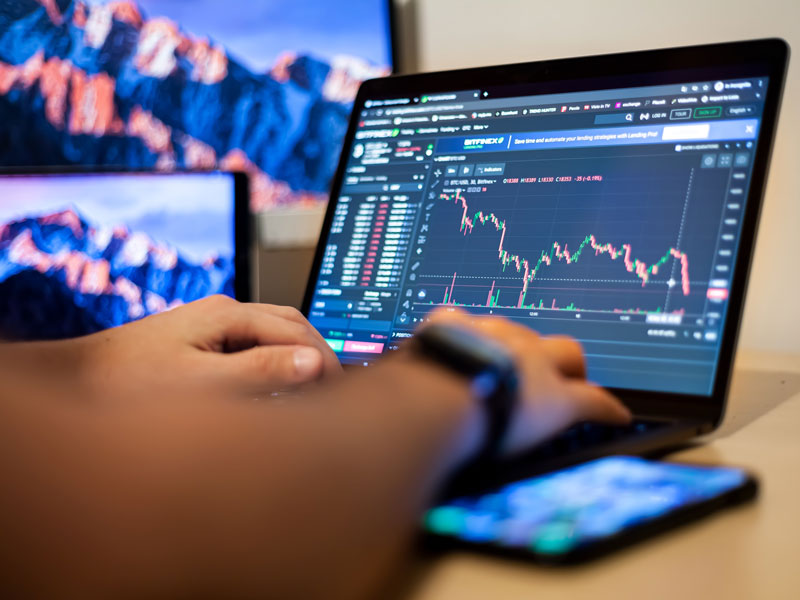
Mastering Forex Paper Trading: A Pathway to Success
In the fast-paced world of forex trading, understanding the market and developing effective strategies is crucial. This is where forex paper trading Best UAE Brokers can guide you through your trading journey, but before you start trading with real money, one of the most effective ways to learn is through forex paper trading. This article will delve into what forex paper trading is, its benefits, and how to make the most of it.
What is Forex Paper Trading?
Forex paper trading refers to the simulation of trading in the forex market without using actual money. This practice allows traders to test their strategies, familiarize themselves with the trading platform, and understand market dynamics without the financial risk that comes with real trading. In essence, it’s like playing a video game that mimics real-life trading scenarios.
Benefits of Forex Paper Trading
- No Financial Risk: One of the most significant advantages of paper trading is that it eliminates the financial risk. You can practice and make mistakes without the fear of losing real money.
- Strategy Development: Paper trading provides the opportunity to develop trading strategies in a risk-free environment. Traders can experiment with different techniques, analyze results, and refine their approaches.
- Understanding Market Dynamics: By engaging in paper trading, beginners can better understand market trends, economic indicators, and various trading instruments, which can prepare them for live trading.
- Building Confidence: Successfully executing trades in a simulated environment can help build the confidence necessary for actual trading, reducing psychological barriers.
- Platform Familiarity: Different brokers have different platforms. Paper trading helps you become familiar with the tools and features you’ll use when you transition to real trading.
How to Start Forex Paper Trading
Starting with forex paper trading is relatively simple. Here’s a step-by-step guide to get you on the right track:

1. Choose the Right Broker
Not all brokers offer paper trading accounts, so it’s essential to select a reputable broker that provides this option. Look for one that also offers a demo account that mirrors real market conditions and provides access to the tools you would use in live trading.
2. Set Up Your Account
Once you’ve chosen a broker, you’ll need to create your paper trading account. This usually involves providing some basic information and selecting demo account options, such as initial balance and leverage.
3. Develop a Trading Plan
Outline your trading goals, risk tolerance, and strategies. A well-defined trading plan will guide your paper trading journey and help ensure you remain disciplined in your approach.
4. Start Trading
With your plan in place, start executing trades based on your research and strategy. Treat this experience as if you are trading with real money to maximize learning.
5. Analyze Your Performance
After executing trades, take the time to analyze your performance. What worked? What didn’t? Use this information to adjust your strategies and improve your trading skills.

Tips for Effective Paper Trading
To make the most out of your paper trading experience, consider the following tips:
- Treat it Seriously: Although you aren’t trading with real money, take your paper trading seriously. Always follow your trading plan and maintain discipline, as this will translate to real trading.
- Keep Emotions in Check: One of the biggest challenges in real trading is managing emotions. Practice staying calm and making rational decisions, even in a simulated environment.
- Try Different Strategies: Use paper trading as an opportunity to explore various trading strategies. Don’t hesitate to take risks within this safe environment to discover what works best for you.
- Network with Other Traders: Join trading communities and forums to share ideas, ask questions, and learn from others’ experiences. Collaboration can offer new perspectives and insights.
- Transition Gradually: Once you’ve built confidence and developed a solid strategy, consider transitioning to real trading gradually. Start with a small amount to reduce risk as you adjust to live trading.
Common Pitfalls in Paper Trading
While paper trading is beneficial, there are common pitfalls to be aware of:
- Lack of Realism: Paper trading does not replicate the psychological pressure of losing real money. Beware of overtrading or making reckless decisions that you wouldn’t in a live scenario.
- Ignoring Transaction Costs: Many paper trading platforms do not account for transaction costs. Make sure to factor in spreads and commissions when analyzing your results.
- Not Taking It Seriously: Some traders fail to treat paper trading as a serious exercise, leading to sloppy practices that don’t translate to successful live trading.
Forex Paper Trading as a Learning Tool
Forex paper trading is an invaluable learning tool that can significantly enhance your trading skills. It allows traders, regardless of their skill level, to practice and improve their strategies while minimizing risk. In the ever-evolving forex market, those who take the time to learn and adapt will stand a better chance of achieving trading success.
Conclusion
In conclusion, embarking on your trading journey through forex paper trading is an essential step for both beginners and experienced traders. With its numerous benefits and low-risk environment, it offers a unique opportunity to improve your trading skills, build confidence, and refine your strategies. By approaching paper trading with discipline and seriousness, you can set the foundation for a successful trading career in the forex market.
